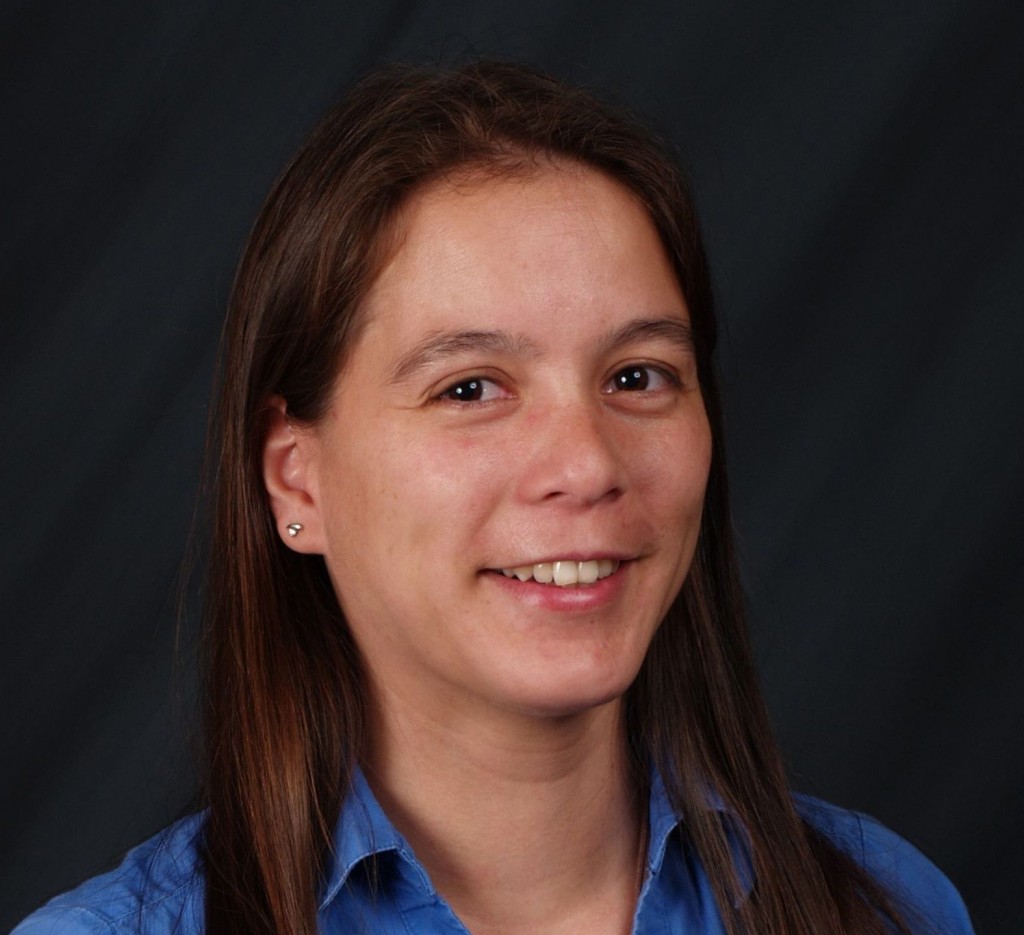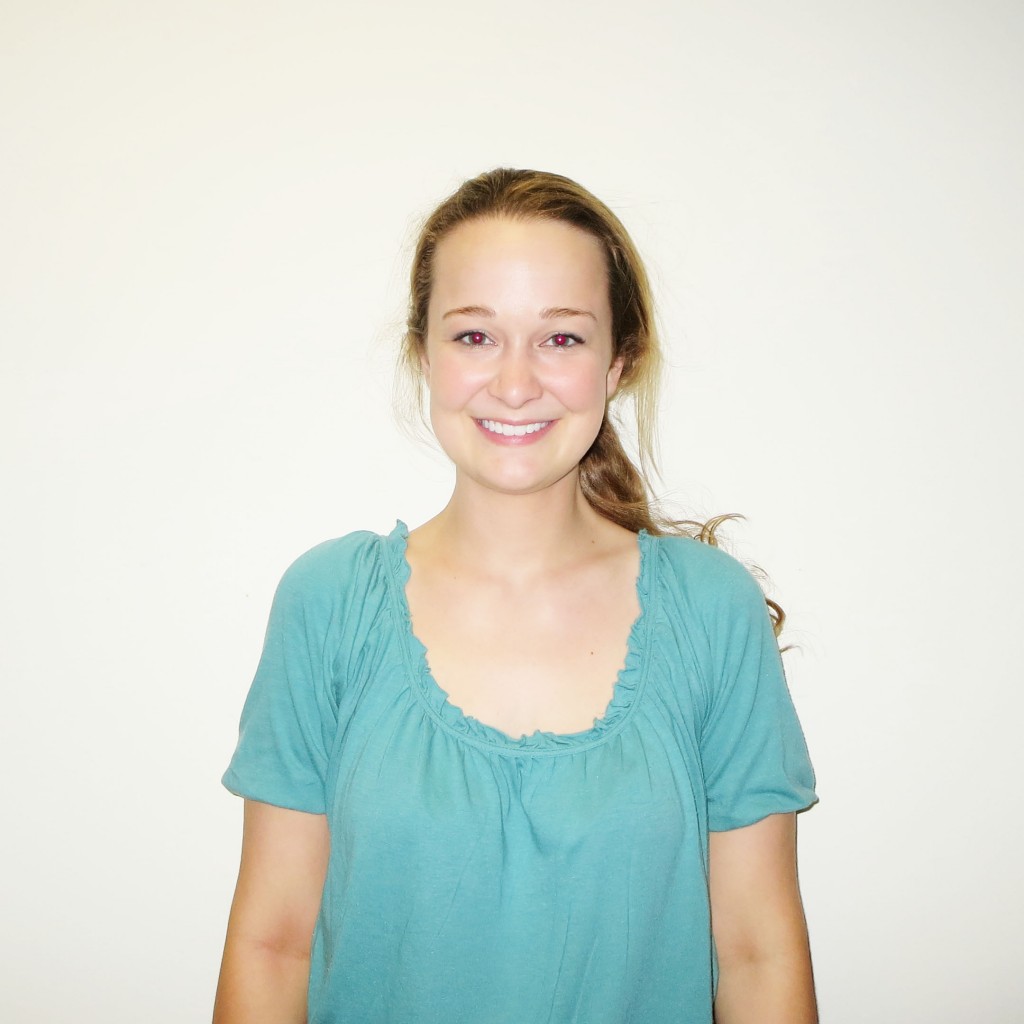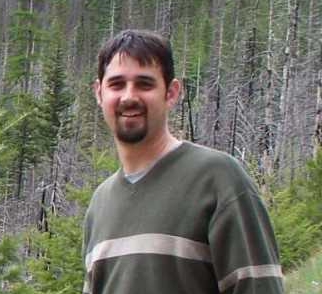Title: So You Think Your Errors Are Random…
Abstract:
In the development of radio frequency systems for digital communications, great attention is given to achieving low error rate performance.
Oversimplification of assumptions, however, such as treating bit errors as independent, identically distributed (iid) events may lead to seriously flawed
projections of performance. An examination of the statistical behavior of error sequence correlation shows how reasonable observation schemes supported by
computer-based models can yield useful insight into likely system performance.

 Title: GRAM-SCHMIDT TYPE ALGORITHMS
Title: GRAM-SCHMIDT TYPE ALGORITHMS



